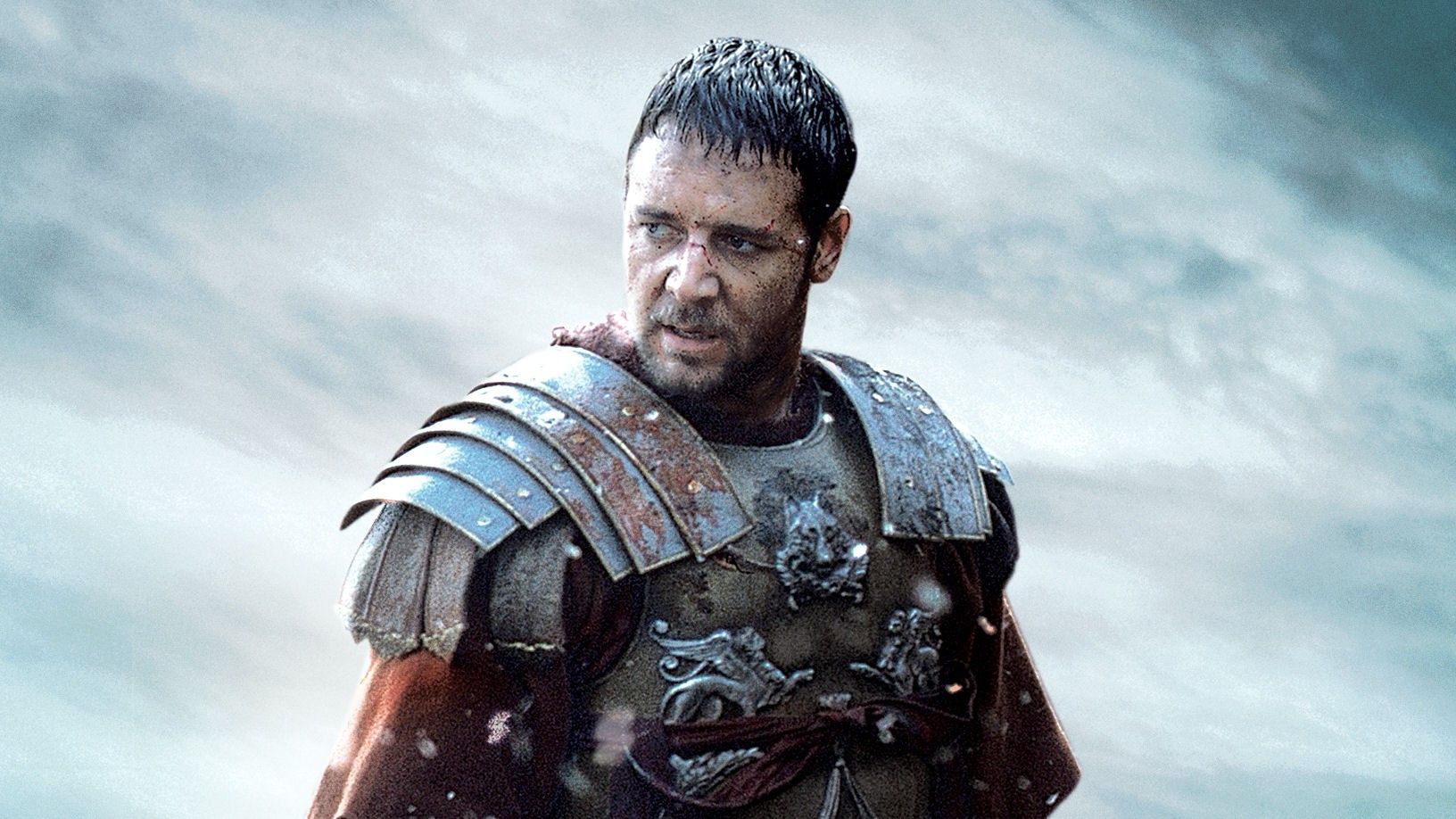
"Sometimes you just need a few great shots..."
The work of a cinematographer, though satisfying, is often grueling, demanding, and complex. It's easy to get lost not only in the chaos of trying to tell stories with the images you make, but in the chaos that is your own self-doubt. But DP John Mathieson offers some advice that might help educate and inspire you. In this video from Cooke Optics TV, the two-time Academy Award nominee talks about working on Ridley Scott's Gladiator, and shares some things he took away from the experience.
"Doing" is more expensive than "feeling"
Mathieson explains that the project didn't have the time nor the resources to shoot the beginning battle scene the way he intended to. The scene required too many hours, too many stuntmen, too many horses, so he had to get creative. Instead of shooting it like a traditional battle sequence, he decided to make it abstract, or in his words, he gave the "impression of a battle." He says, "If you can't afford to do something, it's good to find a solution that gives the feeling of something."
Shoot whatever looks good
A continuity error is one of the cinematographer's natural enemies—that and low light. Though it's not always their job to catch them, DPs keep a close eye on specific things to avoid them. However, if you watch this particular battle scene in Gladiator, you'll notice it's riddled with them. So, what does Mathieson say about all this? Well, he doesn't seem to mind much, because it looks good. He says that though it might sound like "an awful thing to say," a sequence that works and looks beautiful may overshadow the fact that the continuity wasn't the best.

Sometimes your gear can save a shoot
You hear this all the time in indie film circles: "Shoot with whatever you've got. Gear's not important." But, you know, sometimes it is. The crew was facing an uphill battle shooting this scene in Gladiator: it was getting dark and they didn't have the budget to extend the shoot. But Mathieson says that because he was shooting on fast Panavision Primo lenses he was able to shoot for 20 minutes longer, just enough time to get what he needed. So, if you can afford to splurge on lenses, cameras, etc. that give you a little more latitude, battery life, or any number of features, you might want to think about making the investment.
A few great shots
DPs put a lot of pressure on themselves to make each and every shot a work of art. Though David Lean would no doubt nod his head in approval, Mathieson says that sometimes all you need is "a few great shots." This is an important lesson for all perfectionists and overachievers, because sometimes everything goes wrong and you just can't provide the quality of work you wish you could. That's not failure, that's life. You can't do perfect every time, but if you can manage to do it a few times, then maybe that's all you need.
Your Comment
1 Comment
what a rockstar.
And how great is Cooke Optics, doing a piece that celebrates the art of cinematography on a movie that didn't even use their lenses.
October 17, 2016 at 7:32PM, Edited October 17, 7:32PM